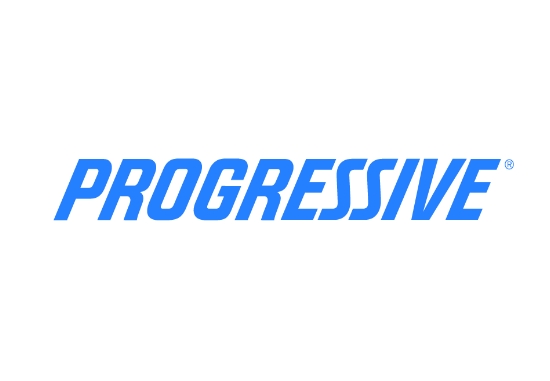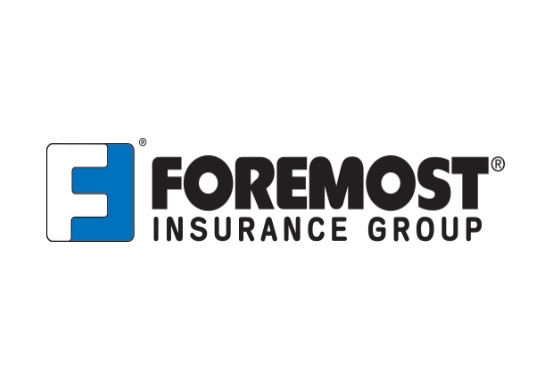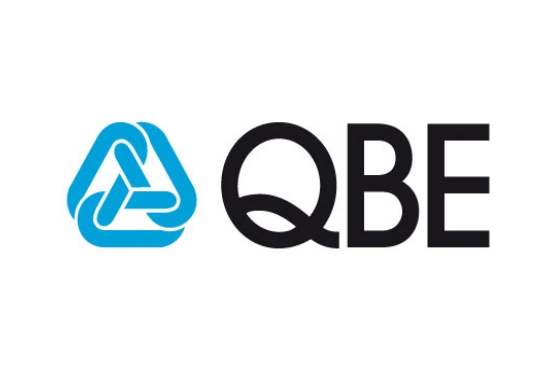Understanding Loss of Use Coverage
We will search the top carriers for you for the best offer.

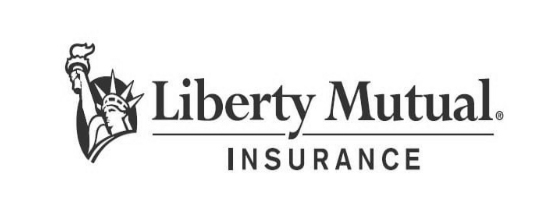


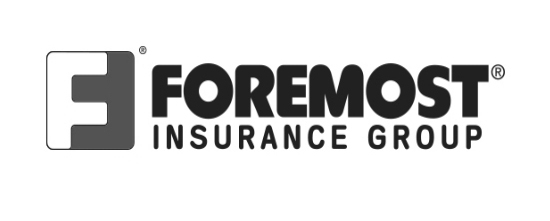
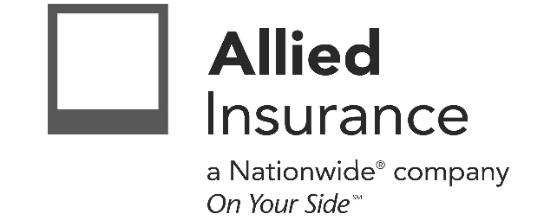

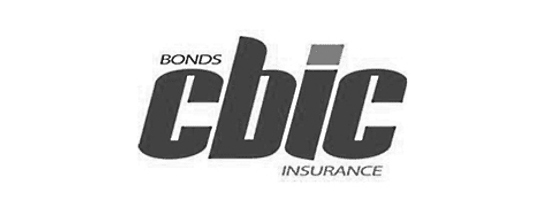



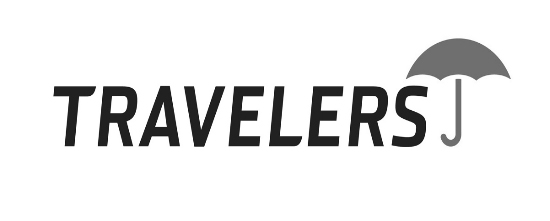
Loss of Use Coverage: What It Is and How Much You Need for Homeowners Insurance?
Loss of Use coverage, also known as Additional Living Expenses (ALE) or Coverage D in homeowners insurance policies, is a critical component of insurance protection. This comprehensive guide provides a detailed understanding of Loss of Use coverage, its significance, and how it can benefit policyholders during challenging times. Whether you’re a homeowner or renter, this guide covers all the essential aspects of Loss of Use coverage.
What Is Loss of Use Coverage?
Definition and Purpose
Loss of Use coverage is designed to help policyholders when their home becomes uninhabitable due to a covered loss. This coverage ensures that you have a place to live and maintain your standard of living while your home is being repaired or rebuilt.
Covered Perils
Types of Incidents Covered
Loss of Use coverage is typically triggered by various perils, such as:
- Fires: Damage caused by fire and smoke.
- Storms: Damage from hurricanes, tornadoes, and severe storms.
- Water Damage: From burst pipes or accidental water overflow.
- Other Covered Events: As specified in your policy, such as vandalism or falling objects.
Benefits of Loss of Use Coverage
Key Advantages
- Temporary Housing: Covers the cost of renting a temporary home or hotel.
- Maintaining Standard of Living: Ensures you can maintain a similar lifestyle during repairs.
- Peace of Mind: Financial protection and support during stressful times.
Types of Expenses Covered
Detailed Breakdown
Loss of Use coverage typically includes:
- Temporary Housing: Rent for a temporary residence or hotel.
- Food: Additional meal expenses if your temporary housing lacks cooking facilities.
- Transportation: Increased commuting costs or travel expenses.
- Other Expenses: Laundry, pet boarding, and storage costs.
Limits and Durations
- Coverage Limits: Often a percentage of your dwelling coverage (e.g., 20% of Coverage A).
- Duration: Coverage lasts until your home is habitable again, within policy limits.
Filing a Loss of Use Claim
Step-by-Step Guidance
- Notify Your Insurer: Contact your insurance company immediately after the loss.
- Document the Damage: Take photos and keep records of the damage.
- Keep Receipts: Save receipts for all additional living expenses.
- Submit the Claim: Provide documentation and work with your insurance adjuster.
Duration of Coverage
Understanding the Timeframe
Loss of Use coverage typically lasts as long as your home is uninhabitable, subject to policy limits. Check your policy for specific time limits or caps on expenses.
Limits and Deductibles
Policy Limits and Deductibles
- Coverage Limits: Usually a specified percentage of your dwelling coverage.
- Deductibles: Typically, no deductible applies specifically to Loss of Use, but your overall policy deductible may impact claim payouts.
Exclusions and Limitations
Common Exclusions
- Non-Covered Perils: Losses not covered by your policy (e.g., floods if not included).
- Long-Term Displacement: Some policies may have a cap on the duration or total amount paid.
Coordination with Other Coverages
Integration with Other Policies
Loss of Use coverage can coordinate with other policies, such as renters insurance or condo insurance, to avoid gaps or overlaps. Ensure all policies complement each other to maximize coverage.
Cost of Loss of Use Coverage
Factors Influencing Cost
- Location: Risk of natural disasters in your area.
- Home Value: Higher-valued homes may incur higher premiums.
- Coverage Limits: Higher limits generally increase premiums.
- Deductibles: Higher deductibles can lower premiums but increase out-of-pocket costs.
Tips for Policyholders
Maximizing Benefits
- Understand Your Policy: Know the specifics of your Loss of Use coverage.
- Keep Detailed Records: Document all additional expenses meticulously.
- Review Regularly: Periodically review and adjust your coverage as needed.
Real-Life Scenarios and Case Studies
Learning from Experiences
- Example 1: A family displaced by a wildfire used Loss of Use coverage to rent a home for six months.
- Example 2: After a burst pipe, a policyholder covered hotel stays and additional commuting costs for two months.
Future Planning
Importance in Emergency Preparedness
Loss of Use coverage is vital for disaster planning, ensuring financial protection for your family and assets. It provides essential support, helping you maintain stability and security during unexpected events.
Loss of Use coverage provides peace of mind when your home is temporarily uninhabitable due to unforeseen circumstances. Whether it’s a natural disaster or a covered loss, understanding this crucial aspect of insurance can make a significant difference in ensuring that you and your family have a safe place to stay and maintain your quality of life during challenging times. By securing appropriate coverage and being prepared, you can navigate disruptions with greater confidence and resilience.
We will find the best business insurance tailored to your needs. Read more…
Related Posts
Get a Right Insurance For You
SHARE THIS ARTICLE

Home Insurance Quote
Send the request and we will quote multiple markets to get you the best coverage and price.
We will compare quotes from trusted carriers for you and provide you with the best offer.
Protecting your future with us
Whatever your needs, give us a call, have you been told you can’t insure your risk, been turned down, or simply unhappy with your current insurance? Since 1995 we’ve been providing coverage to our customers, and helping people across United States.


